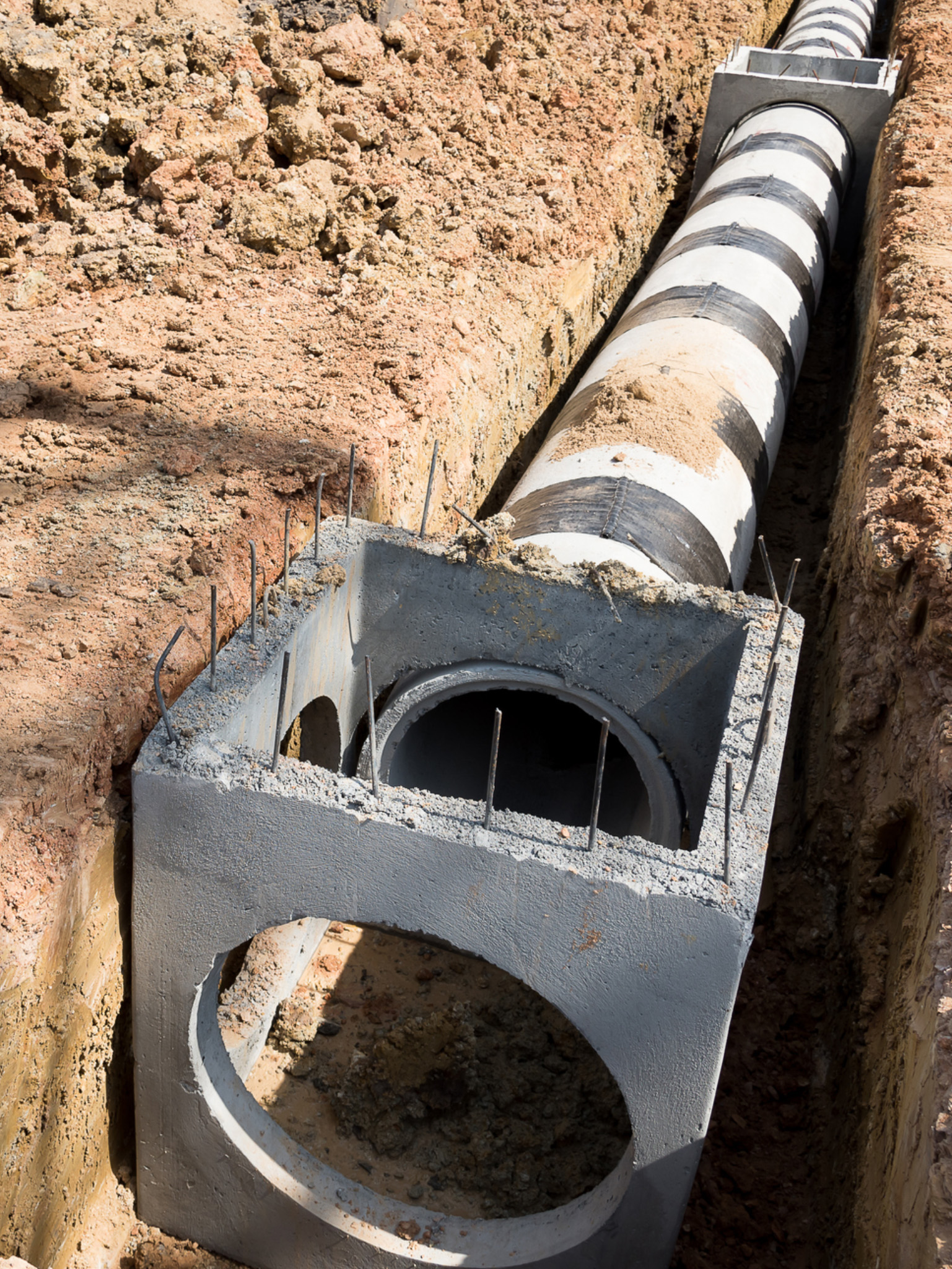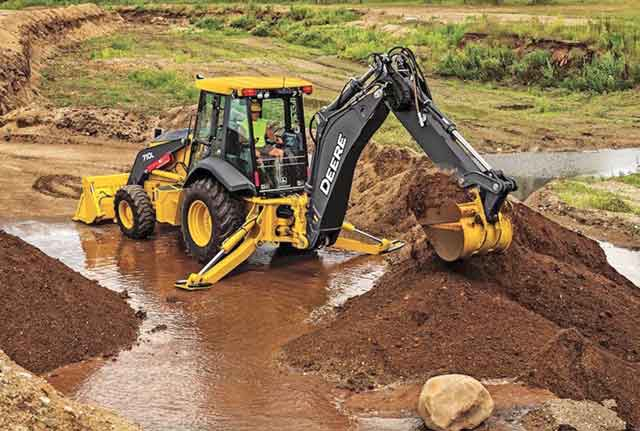Expert Septic Ohio - Relied On Septic System Professionals in Ohio
Expert Septic Ohio - Relied On Septic System Professionals in Ohio
Blog Article
Revealing the Art of Excavation: Pro Tips for Safe and Efficient Excavating
In the realm of excavation, the mastery of risk-free and effective digging is an art form that requires knowledge, adherence, and accuracy to well established methods. As soil is turned and earth is moved, the intricacies of excavation reveal themselves, requiring a keen understanding of tools, soil composition, safety and security procedures, and environmental factors to consider. The know-how needed to browse these aspects successfully can mean the difference in between a successful excavation project and a possible catastrophe. By deciphering the layers of this intricate procedure, a world of understandings and techniques awaits those looking for to elevate their excavation abilities to new elevations.
Value of Proper Devices
To make sure the safety and security and effectiveness of any type of excavation task, utilizing the proper tools is critical. The right devices not just enhance efficiency but additionally alleviate risks linked with excavating. Excavation projects vary in range and intricacy, varying from small household landscape design work to large-scale building tasks. No matter the job size, having the proper devices can make a significant distinction in the end result.
These versatile makers come in different sizes to match different job needs. Mini excavators are perfect for smaller jobs, while bigger excavators tackle a lot more extensive projects efficiently.
Excavators succeed in tasks that require pressing big quantities of soil or particles. By investing in the appropriate tools, excavation tasks can be finished securely, on time, and with precision.
Recognizing Soil Make-up
An extensive understanding of dirt composition is basic for carrying out excavation tasks with precision and safety. Recognizing the different types of soil is essential as it straight impacts excavation approaches, equipment choice, and overall task efficiency. Soil structure commonly is composed of four primary components: sand, silt, clay, and raw material. Each component has distinct residential properties that affect exactly how dirt responds to excavation processes.
Sand bits are the largest and offer great drain however offer little communication. Silt particles are smaller sized than sand yet larger than clay, supplying moderate drain and communication. Clay fragments are the smallest and give high communication yet poor drainage. Organic matter, such as decaying plant material, impacts dirt fertility and stability.
Before beginning excavation, performing dirt examinations to determine its structure and qualities is vital. This information helps in choosing the appropriate devices, applying precaution, and developing excavation methods customized to the details dirt problems - lancaster trenching. By comprehending dirt composition, excavation experts can improve task end results while ensuring security and adherence to best techniques
Precaution and Procedures
Understanding dirt composition is the keystone whereupon security actions and protocols for excavation projects are built, ensuring the wellness of employees and the success of the undertaking. There are numerous key actions that must be carried out to mitigate threats and stop mishaps. when it comes to safety and security during excavation.
Most importantly, prior to any excavating begins, a detailed evaluation of the website need to be performed to identify any prospective risks such as below ground energies, unsteady soil problems, or neighboring frameworks that can posture a danger. It is critical to have an experienced individual supervise the excavation procedure to ensure that all security protocols are adhered look at more info to strictly.
In addition, all employees associated with the excavation should be correctly learnt safe digging practices and the correct operation of equipment. Individual safety devices (PPE) such as difficult hats, high exposure garments, handwear covers, and safety and security boots should be put on whatsoever times to lessen the danger of injuries. septic ohio. Routine security meetings and tool kit talks need to likewise be conducted to keep all employees notified regarding possible hazards and enhance risk-free job practices. By adhering to these precaution and methods, excavation projects can be completed effectively and without occurrence.
Effective Excavation Planning
When getting started on an excavation task, meticulous planning is necessary to ensure efficiency, safety and security, and effective end results. Efficient excavation planning involves a number of key steps that are essential for the smooth execution of the task. The very first action is to conduct a complete website assessment to recognize any type of prospective dangers, such as below ground utilities or unsteady dirt problems. This information is vital for developing an in-depth excavation strategy that includes precaution and risk reduction methods.
As soon as the site assessment is full, the following step is to create a clear timeline and timetable for the excavation tasks. This consists of determining the series of tasks, equipment demands, and workforce allocation. Proper scheduling helps stay clear of hold-ups and ensures that the project remains on track.

Furthermore, communication among all team participants is vital during the preparation stage. Clear regulations, regular updates, and reliable coordination are crucial for an effective excavation task. By investing time and initiative in thorough preparation, excavation groups can significantly enhance efficiency, lessen threats, and accomplish successful results.

Taking Care Of Environmental Factors To Consider
With boosting focus on ecological sustainability in building and construction practices, handling ecological considerations has come to be an essential aspect of excavation jobs. Excavation activities have the possible to affect the surrounding environment with dirt erosion, sediment overflow, habitat disruption, and contamination of water resources. To alleviate these risks, it is necessary to implement best practices that focus on environmental defense.

Furthermore, correct waste administration is important to stop soil and water contamination. Applying treatments for the disposal of unsafe products, recycling of waste materials, and minimizing making use of damaging chemicals can substantially reduce the environmental influence of excavation tasks. By integrating these methods into excavation planning and execution, construction business can make sure that their jobs are not just safe and effective but also environmentally accountable.
Conclusion
In verdict, grasping the art of excavation calls for a thorough understanding of proper devices, soil composition, security steps, and efficient planning. By complying with these guidelines and considering ecological variables, excavations can be performed securely and successfully. It is crucial to prioritize safety and productivity in every excavating job to ensure effective outcomes.
As soil is transformed and planet is relocated, the details of excavation disclose themselves, demanding a keen understanding of tools, soil composition, security procedures, and ecological factors to consider.To guarantee the security and performance of any kind of excavation project, using the appropriate equipment is critical.An extensive grasp of dirt structure is essential for performing excavation projects with precision lancaster trenching and safety. Comprehending the different types of dirt is essential as it straight affects excavation techniques, tools option, and total job effectiveness. By recognizing dirt make-up, excavation experts can improve job end results while guaranteeing safety and security and adherence to finest methods.
Report this page